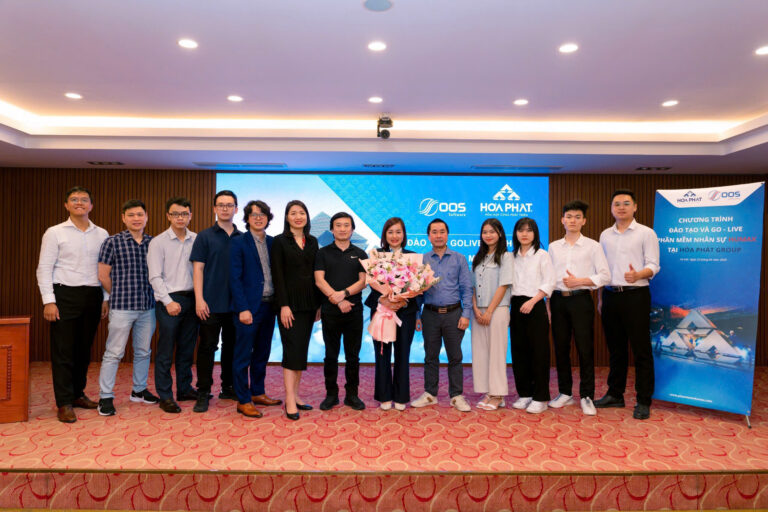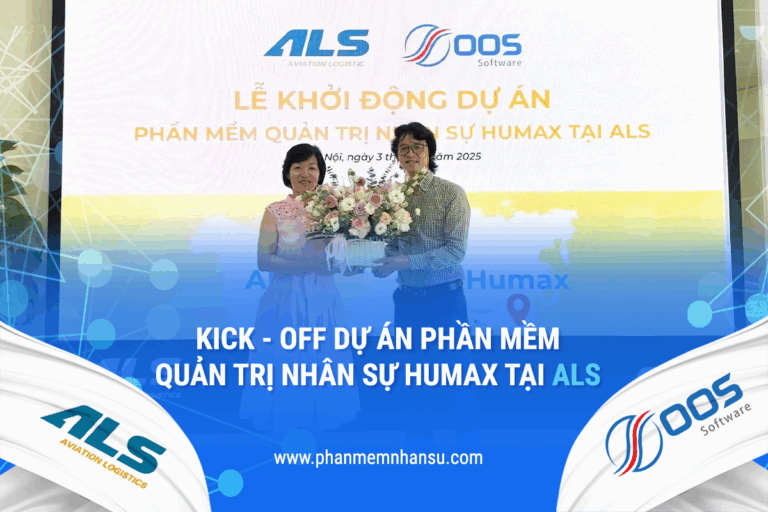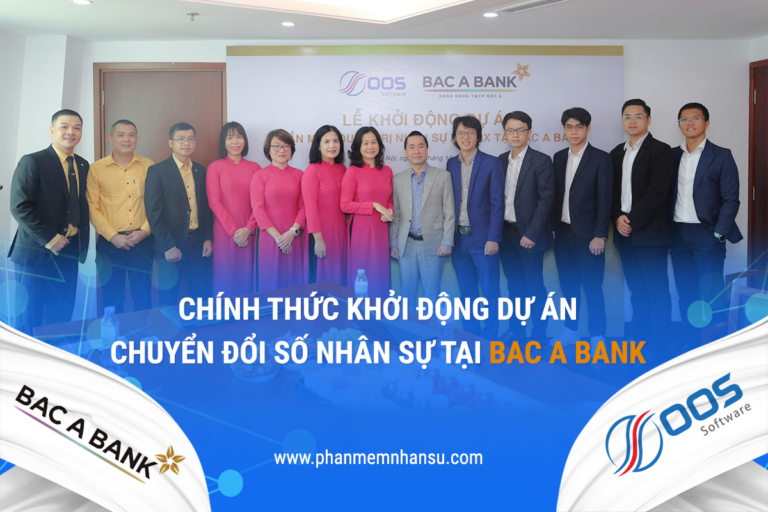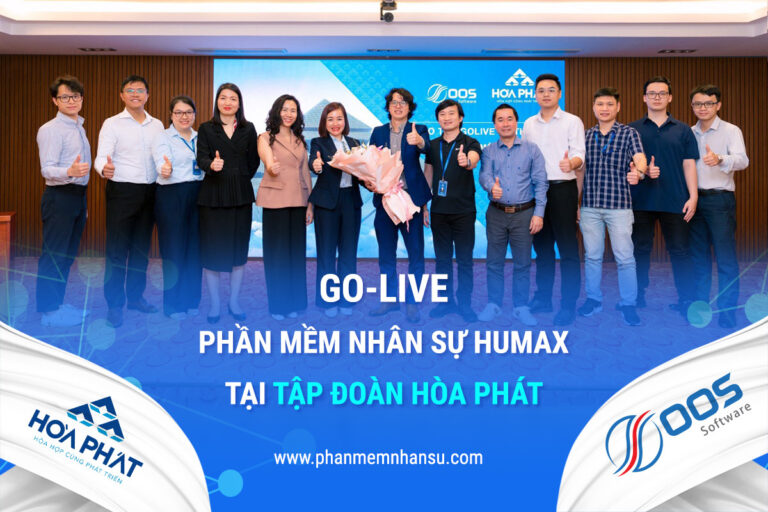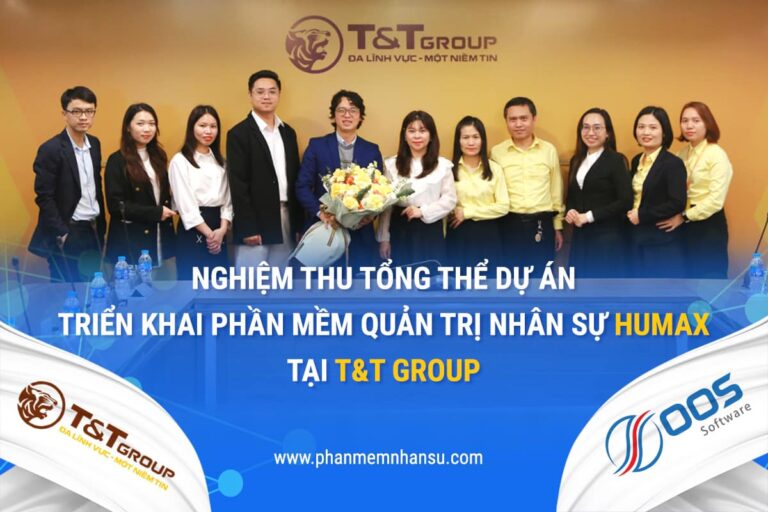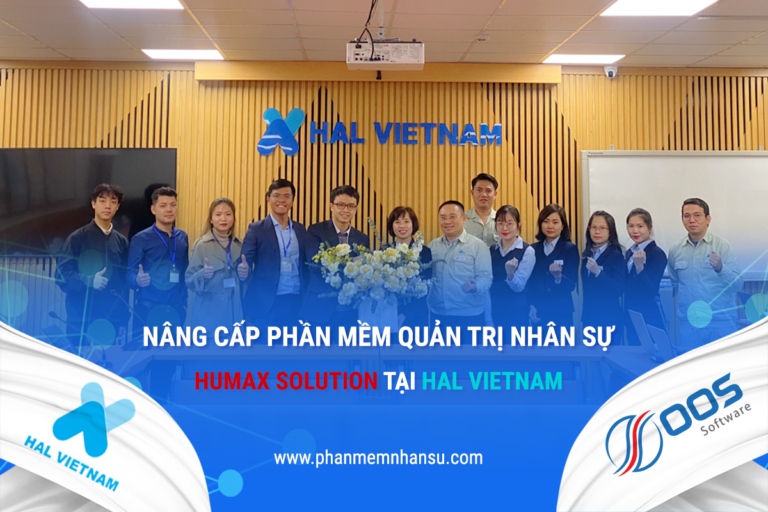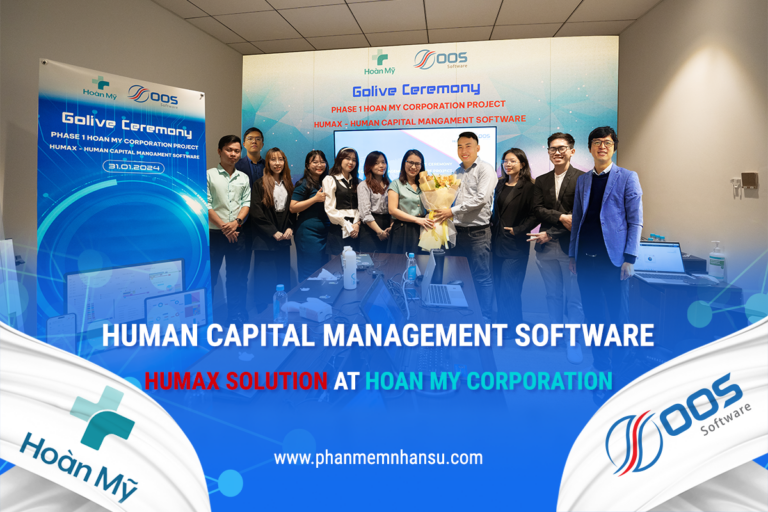Human resources are an essential and inseparable part of any collective or organization. Every business, big or small, needs to have the right human resource strategies on the way to development. Depending on the conditions and viewpoints, each company will have different HR strategies. Please introduce 3 HR management model popular and can be chosen to apply to the HR management strategy. This combination of models gives us a relatively complete template for building a human resource strategy from an enterprise's business strategy.
1. 5-P Model
The 5-P model is a relatively comprehensive model of the structure and components of a human resource strategy developed by Schuler (1992). According to Schuler, the strategic system of an enterprise has 5 components: human resource management philosophy (Philosophy), human resource policy (Policies), programs (Programs), activities/practices (Practics) and human resource management process (Process). Whether these elements are considered part of the human resource strategy depends on whether they are systematically aligned with the strategic needs of the business, regardless of whether they are implemented over the long term. short term or they focus on senior management or operations staff.
Schuler (1992) argues that efforts to successfully implement a human resource strategy should begin with the identification of the strategic needs of the business and a systematic analysis. system the impact of those needs on human resource management philosophy, policies, programmes, activities/practices and processes. The link between HR strategy and action can be strengthened by encouraging employee participation in the process of defining their roles. Furthermore, managers involved in the formulation and implementation of human resource strategy need to be able to analyze and systematize when identifying strategic needs and designing HR activities. The human resource strategy development process also provides an opportunity for the HR department to participate in the business strategy development process.
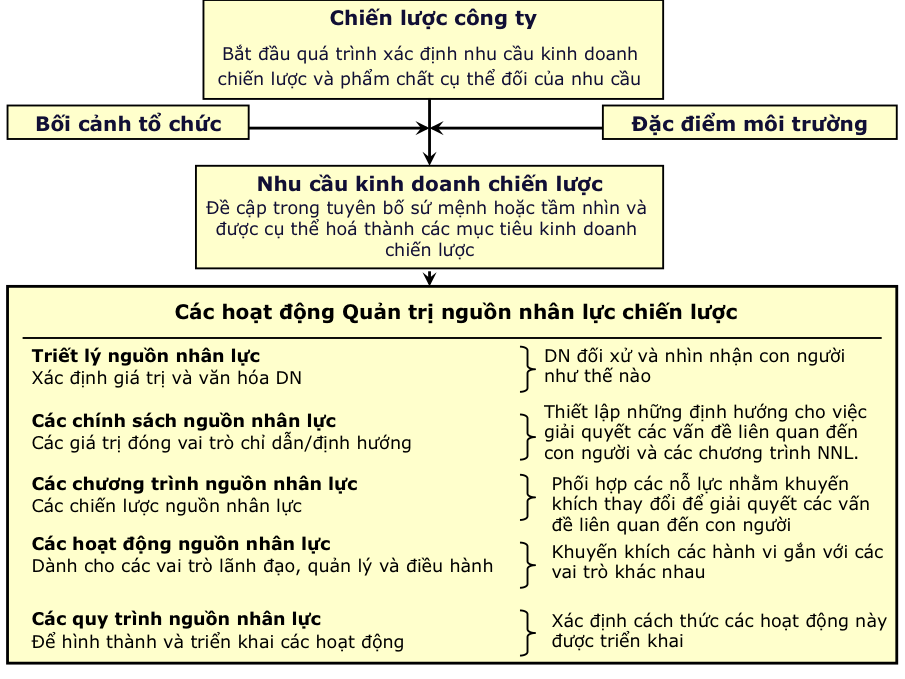
MODEL 5-P: LINK BETWEEN STRATEGIC DEMAND AND HUMAN RESOURCE MANAGEMENT ACTIVITIES
Source: Schuder (1992) “Strategic Human Resources Management: Linking the People with the Strategic Needs of the Business”, Organizational Dynamics, Summer 1992, pp 18-32.
The biggest advantage of the 5-P Model is that it shows the (often complex) relationship between philosophy, policies, programs, activities/practices, and human resource management processes – the people who are factors are often only considered in isolation in studies (Schuler, 1992). Furthermore, the 5-P Model also highlights the significance of the relationship between strategy and operations. However, Schuler's model does not show how a policy, activity, or process human resource management specifically in line with the overall development strategy of the enterprise. Therefore, the 5-P Model is not used independently, but needs support from other models/theories. These models are discussed in the following sections.
2. HPWS . model
The High-performance work system (HPWS) model is a relatively popular model in human resource strategy development developed by Huselid (1995). HPWS is essentially a best practices system, it focuses on activities from setting up the job description system, recruitment, educate, evaluate, remuneration to labor relations according to the best standards. According to Huselid, the HPWS model is suitable for all businesses, regardless of the business strategy they pursue.
ELEMENTS OF HPWS STRATEGY: QUESTIONS
- What percentage of employees are involved in a formal information sharing program, such as newsletters?
- What percentage of the workforce has a formal job analysis and description?
- What percentage of basic (lowest) jobs were employed in recent years?
- What percentage of employees are regularly satisfied?
- What percentage of employees participate in Quality of Work Life, Quality of Work (QC) and/or labor management teams?
- What percentage of employees have access to the company's incentive, profit sharing, and/or benefit sharing plans?
- How many hours of training did the company spend on a typical employee within the past year?
- What percentage of the workforce has access to the complaints process and/or formal complaint resolution system?
- What percentage of human resources take part in the recruitment exam before being hired?
- What percentage of employees are paid based on performance appraisal results?
- What percentage of employees receive formal performance reviews?
- Which of the following promotion decision-making rules is used most often?
- Based only on performance evaluation results
- Based on seniority only if performance evaluation results are the same
- Comparison of skills among employees who meet minimum performance
- Seniority
- For your company's five most recent vacancies, how many qualified candidates on average?
Implementing the activities/practices described in the HPWS model is a top concern for businesses because these activities improve the performance of each job as well as the organization and it has promoted be effective in many different organizations (Huselid, 1995).
However, HPWS is not yet a form of human resource strategy because of the lack of linking human resource development needs and human resource management system design with an enterprise's business strategy. On the other hand, the HPWS model does not take into account the relevance of activities to different types of business strategies as well as to different groups of people in an organization.
3. Value Matrix Model
The Value Matrix Approach was developed by Lepak and Snell (1999) to give an overall picture of how the knowledge and skills groups of an organization are managed. Unlike Arthur's (1992) strategic model, which focuses on designing human resource strategies in line with business strategies, Lepak and Snell (1999) propose to choose HR strategies by job group representing four different groups of human resources.
To determine the right HR strategy, an enterprise can divide its human resources under consideration based on two attributes: the value of human resources' contribution and their uniqueness in the labor market. motion.
The first attribute is that the value of human resources is determined by the extent to which employees' accumulated knowledge and skills are required to implement strategies to improve efficiency and effectiveness, exploit market opportunities environment, and/or mitigate challenges. The value of human resources derives from the ability of knowledge and skills to increase customer benefit over cost (i.e., benefit/cost ratio).
The second attribute is the uniqueness of human resources, which refers to the degree to which the knowledge and skills of human resources are specialized or associated with the characteristics of the enterprise. The uniqueness of human resources may include knowledge or experience and understanding that cannot be found in the labor market. Enterprises will tend to invest in human resources associated with business characteristics that cannot be exchanged in the market.
By combining the two attributes value and uniqueness, we get a value matrix consisting of four skill groups or groups of people: strategic human resource group, core human resource group, human resource team/alliance partner group, support human resource group.
An enterprise can deploy four human resource strategies including engagement strategy, productivity strategy, compliance strategy, and alignment strategy for four different human resource groups. The table below briefly describes the contents of the four HR strategies.
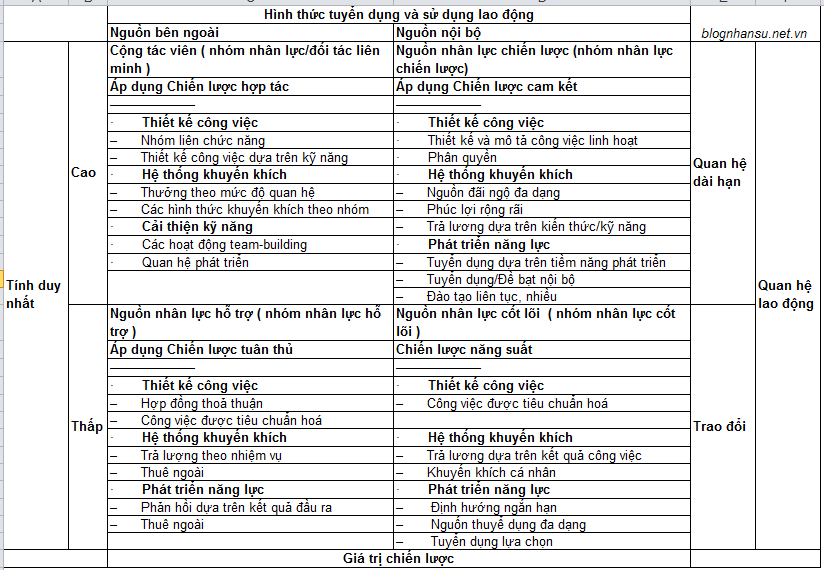
Source: Morris, SS, Snell SA, Lepak D. (2005). An Architectural Approach to Managing Knowledge Stocks and Flows: Implications for Reinventing the HR Function. CAHRS Working Paper Series, Cornell University.
Strategic HR team: Due to its uniqueness and high value, human resources tend to be recruited internally and managed as core people. Employment relationships tend to be strong and focused on fostering commitment and trust. Human resource management activities applied to the strategic group are similar to the model of High Performance Work System - Huselid's HPWS (1995) or Arthur's Strategy to Increase Commitment (1992) mentioned in above, which decentralizes employees, encourages participation in the decision-making process and autonomy in work. Similarly, many long-term incentive programs (such as stock ownership, diversified benefits, salary system performance-based) will be applied to ensure that the core workforce receives continuous and helpful feedback). These activities are designed to help businesses maintain unique knowledge and skills that contribute to strategic advantage.
Core human resource group: Similar to core human resources, essential human resources also play an important role in creating customer value and strategic advantage. Therefore, the recruitment and placement of human resources must still focus on internal resources. However, because this type of human resource is not unique (i.e. can be recruited from the labor market or transferred between enterprises), organizations tend to reduce their priority on human resource development. and the relationship of recruitment and use of personnel tend to be associated with the traditional management model based on work and focus on work results. Therefore, managers tend to rely heavily on a productivity-based HRM model that emphasizes standardized jobs and selects personnel from the external labor market – people who are contributions can be made immediately. Compensation for this group of employees is distributed according to performance and productivity through a results-based pay model. Enterprises will spend less time and money on long-term development evaluation and management systems but place more emphasis on short-term results-oriented factors (Snell, 1992; snell and Youndt, 1995). .
Associate human resources group: Since the knowledge and skills of this group are not core to value creation and strategy, businesses tend to seek out this group of people from outside. However, because this group has special skills, it is not easy to find in the market. Therefore, long-term partnerships need to be built and developed to maintain continuity, ensure trust among collaborators, and provide cooperation and support (Dyer, 1996). Therefore, instead of investing in developing this group of people, businesses need to invest more in relationships with people in this group. If the need for communication continues, collaborators are managed with a collaborative staffing strategy that adopts group incentive policies, using cross-functional teams. Such policies ensure better cooperation and closer relations between the business and its collaborators.
Human resources support group: For groups of people with low strategic value and not unique, this work tends to be outsourced. Contract workers are similar to traditional workers in that they have an exchange relationship with the enterprise, and in this case the scope of work tends to be narrow and well defined. To manage this group of employees, businesses will apply HR policies and practices that focus on ensuring workers' compliance with established laws, regulations, and processes. Specific policies are standardized job descriptions, training, and performance management that are limited to ensuring that policies, systems, and processes are implemented. In addition, the compensation policy for this group of employees is based on workdays and completion of specific tasks or goals.
Research by Snell and Lepak (1999) has an important role in helping managers have a deep understanding of the structure of knowledge systems or human capital and how they affect the performance of the business. . It also provides a model to support the management of different human capital or human resource groups to ensure consistency with the uniqueness and validity of employee knowledge, skills, recruitment types, and the like. employment and recruitment relations. Thus, this approach serves as a framework to help us understand how employees are managed in an enterprise based on their contribution to strategy implementation (Morris, Snell and Lepak, 2005).
Source: Theo blognhansu.net.vn

